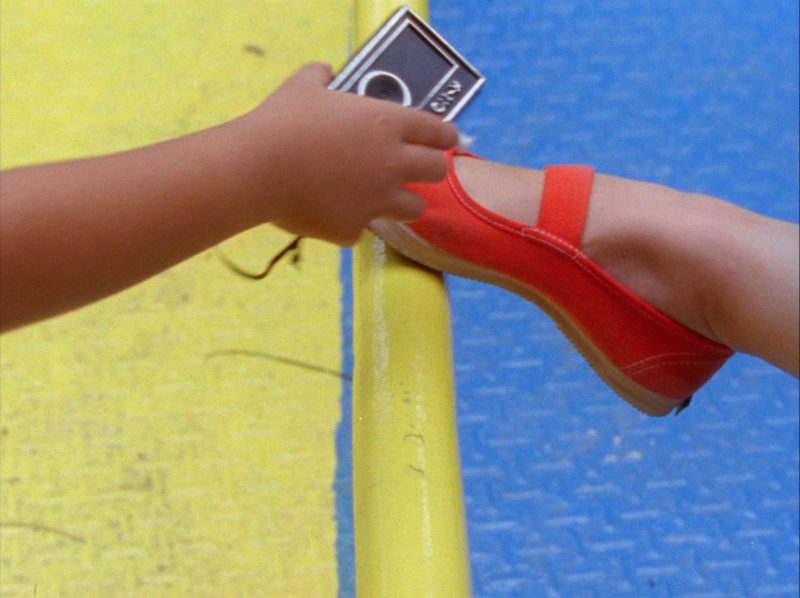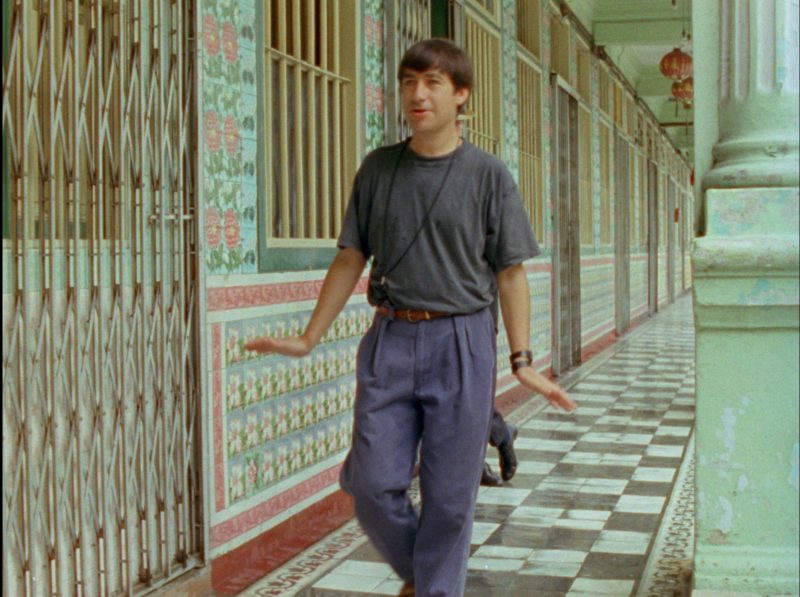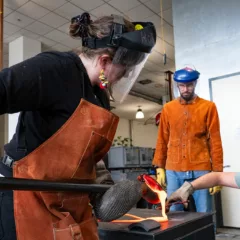
I started this list in May for the month of June but these past months it’s felt hard to finish, a lot of things have felt hard to do. Everything that was beyond basic survival and coping felt like pulling at strands that were not there. A friend of mine once wrote in a goodbye letter “everything is so much all the time” it is and some times it is even more.
This month’s film list theme is community. Something I’ve grown to realize I’ve defined many different ways over the years. Community is something that’s caused me frustration, grief, heartache, but at the same time keeps me alive and learning. A few years ago, I was going through a pretty hard time managing a mental health crisis amongst organizing heartache post-ferguson movement, I was deep in sad queer internet regurgitating “community is a myth” but I now don’t feel that to be true, just words just steeped in ache. Community can break your heart, community can feed you, clothe you, house you, love you, and leave you. Everything that can be beautiful, can also be painful, and we can define these concepts how we want to. Subcultures do not have to be community, but within them there can be.
1. L.A. Roll
L.A. Roll is a short feature documentary about a community of mostly Black skaters in Los Angeles. In my research I was unsure of the specific release date, but it’s something that I came across just a few months ago, and most press seems to have come from this year. In the documentary, we look into how important this community of skaters is to each other, and just how vital skating is to their lives. The crews deal with the closures of several skating rinks, amongst other obstacles of life and capitalism, that make their place of joy harder to hold on to. As their options become limited you see the heartache caused bygentrification’s oppression towards working class Black communities. This film makes me think about the importance of commons, ones like roller rinks, spaces that people can play, be joyus, release and revive themselves. There is a special intimacy and vulnerability amongst the skaters that just makes you happy to see them happy. Beauty in displays of trust and commitment in learning these really complicated and at times dangerous stunts with each other, it’s so delicious! I love those intimate moments.
I think it’s important to mention that although most of the people featured in this film are Black the filmmaker is a white woman, who from what I read became introduced to this group of skaters during her time at rinks after moving to the Los Angeles area.
(Now available to view on Vimeo)
2. Shirkers (2018)
Shirkers is a feature length documentary by Sandi Tan, about her and her friends’ journey making a film together as youth growing up in Singapore in the 90’s. The film they made was a coming of age story, a road movie as they so often refer to it as, but it was never released because it was taken from them. Yes, taken from them. Many of the details I could talk, and talk about but you should watch the movie first. It’s one of my favorite films I’ve seen this year. It combines two of my biggest loves, friendship, and film. I don’t know why it took me two years to even watch this. The documentary is mostly a combination of interviews, and clips of footage from Shirkers (the unreleased films title). It was a project of love and passion that left many of its collaborators with heartache. I can’t imagine pouring myself into a project only for it to be taken away from me for years and years. Sandi follows the footprints throughout time of what exactly happened, and why her former friend betrayed them and stole their film. The film they made looks like it would have been an important movie to a lot of people, especially the ones who made it. Shirkers makes me mad as much as it also makes me inspired and moved by the really amazing things groups of friends can do together. That’s something that always pumps my heart and just gives me hope in all the chaos.
(Available on Netflix)

3. Acid Rain (2019)
Acid Rain is a Polish animated short film. We follow a young person on the outskirts of some town in Eastern Euope. It’s unclear exactly where or why they’re on the road, but it’s obvious they are running away and might not know exactly where they are going. They become a “sort of friends”, traveling companions, with someone they found along the way, and it doesn’t end up going well. They go to raves, meet other weirdos, and there’s a sort of infatuation that stirs between the two people.. The animation is stunning, at times overwhelming, adding to some of the chaotic melancholy of the film. I wouldn’t say its inherently a somber tale, but it does not sugar coat the reality of relationships. It makes me think of the crushy feelings when you’re hype on a new friend and about accepting behavior from people out of a place of scarcity or loneliness. I think back to times when I’ve been starved for friendships, knowing I deserve more but accepting what was in front of me.
I specifically wanted to include this film on the list for it’s artistry but also the importance of this kind of representation of community. The painful search for it that sometimes includes a bit of trial and error. I find that I get overwhelmed thinking about what I need that I have to think about what I don’t want, and some of the experiences that have helped me determine that.
(Available on Vimeo)
4. Daughters of the Dust (1991)
Julie Dash’s Daughters of the Dust is an important film in Black cinema. The very intimate drama follows a Gullah family living in the islands off the coast of Georgia, as they prepare to move to the “mainland” America. The present day Gullah Geeche people descendants enslaved west africans, living in the sea islands, and coastal regions of Georgia, South Carolina, and Florida, that preserved their language and culture throughout enslavement and “emancipation”. Daughters of the Dust transports you into these landscapes, emphasizing how much the land is as important to the story as a character, because it is a character too, a part of its history and legacy. It’s an amazing talent when a scene, or a shot, can make you feel not only emotional but vulnerable. I felt transported in my head thinking of ancestors, of land, the honoring, the discretion, the exhaustion. The landscape brings it all. Daughters of the Dust is about the resilience of culture within the African Diaspora, it honors and highlights the tradition of an absolute refusal to be erased. Capitalism’s beloved tool, white supremacy, wants nothing more than to erase, remove, distance, isolate black people from the power that is within our histories and cultures.
In celebration of it’s 25th anniversary, Artblog contributors Roberta Fallon and Flora Ward wrote about Daughters of the Dust in 2016. This quote from Flora is a wonderful snapshot of the film, “Through dreamy, haunting imagery that emphasizes a timeless landscape of marsh grass, palmetto trees, and pristine beaches, Dash’s film suggests that despite the changing times, the Gullah culture of the Sea Islands will remain rooted in place.”
(Now available on Kanopy, Criterion Channel, and Netflix)
“Without community, there is no liberation…but community must not mean a shedding of our differences, nor the pathetic pretense that these differences do not exist.”
-Audre Lorde









